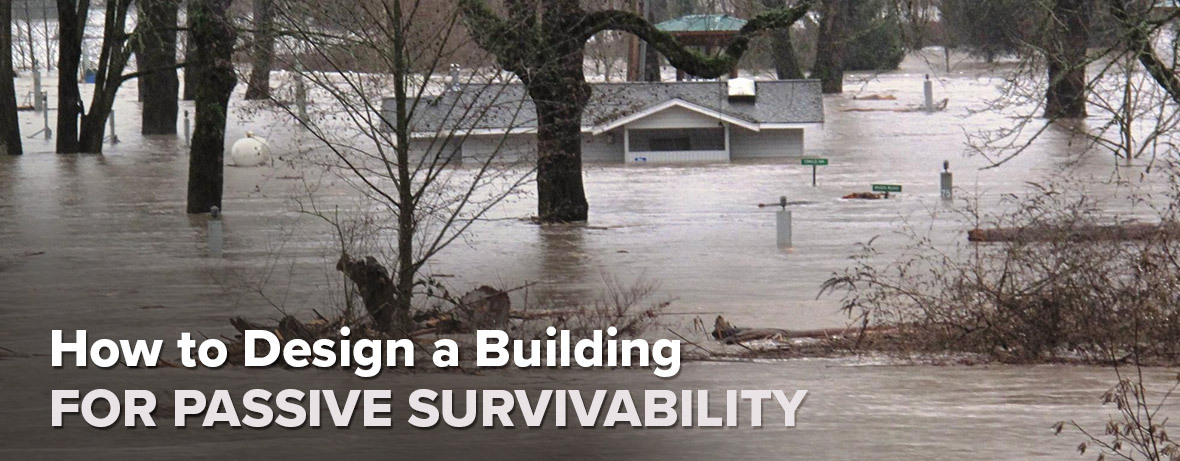How do I apply traditional stucco to an ICF?
Traditional stucco has a thick cementitious base, typically installed over a metal lath. The metal lath is fastened directly to the Fox Blocks webs with screw or staples.

Decoding Net-Zero Homes: Understanding the Concept and How to Build

How to Build a Warehouse the Right Way

How to Design a Building for Passive Survivability
How do you control voids in the wall?
The concrete mix is a high slump 5″- 6.5″ (125 mm – 165 mm) with a smaller aggregate size so the concrete flows easily. The person in charge of placing the concrete should watch the concrete flow throughout the whole wall to ensure there are no void pockets. Internal vibrating provides good consolidation, eliminating voids.
How do I protect the ICFs below grade?
All ICF walls below grade, that have habitable space on one side (basement), must have a waterproofing / dampproofing membrane installed. For walls that do not have habitable space on one side (crawl space, frost walls, etc.) the EPS can be left exposed to the earth. The EPS will not deteriorate when exposed to the earth.

Home Climate Control: How to Prepare for When the Power Goes Out

How to Build a 4-Hour Fire Wall: Thickness, Materials, and Assembly

How to Make Concrete More Sustainable with Insulated Concrete Forms (ICFs)

How to Choose a 1-Hour Fire-Rated Wall Assembly